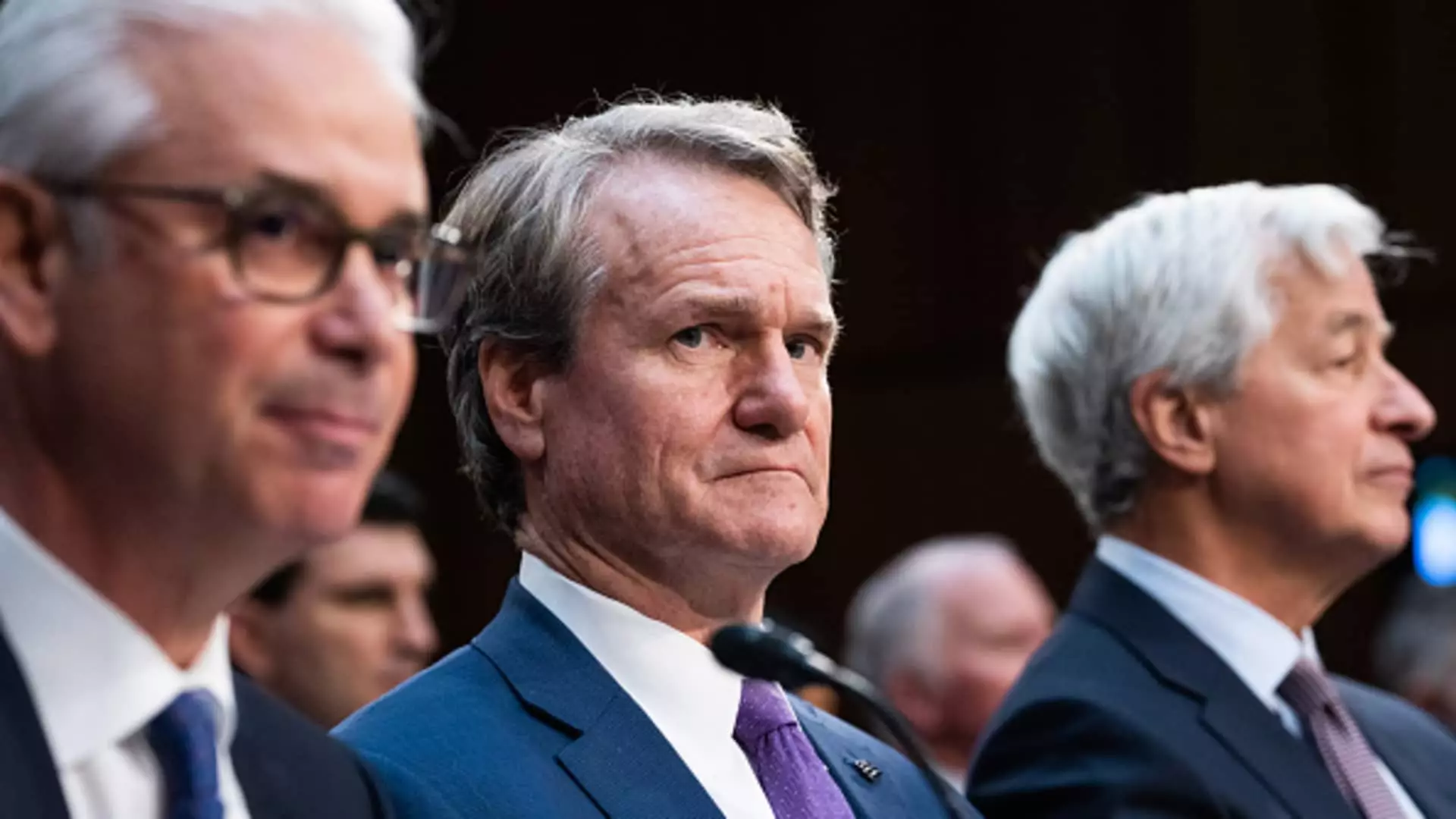Bank of America reported second-quarter earnings that surpassed expectations, with earnings per share coming in at 83 cents compared to the 80 cents estimated by analysts. The revenue also exceeded expectations, reaching $25.54 billion, slightly higher than the $25.22 billion estimate. Despite a 6.9% year-over-year decline in profit to $6.9 billion, the bank’s performance in investment banking and asset management was noteworthy.
The firm experienced a significant boost in investment banking fees, which saw a 29% increase to $1.56 billion, surpassing the $1.51 billion estimate provided by StreetAccount. This growth in fees was a contributing factor to the overall increase in revenue, which climbed by less than 1% to $25.54 billion.
Although net interest income (NII) slipped by 3% to $13.86 billion, the bank’s guidance for the upcoming quarters showed promise for a turnaround. Bank of America projected that NII would rise to approximately $14.5 billion in the fourth quarter of the year. This guidance provided investors with confidence in the bank’s ability to improve its NII, a crucial measure for banks in earning profits.
Following the announcement, Bank of America’s shares rose by 2% in premarket trading, reflecting investors’ positive reaction to the NII guidance. This performance contrasts with Wells Fargo, whose shares fell after disappointing NII figures. The market’s focus on NII highlights the importance of this metric for banking institutions and their investors.
Bank of America’s strong showing in the second quarter aligns with the industry trend of surpassing revenue and profit expectations. JPMorgan Chase, Wells Fargo, Citigroup, and Goldman Sachs have all reported positive results in recent weeks, indicating a broader rebound in Wall Street activity.
Bank of America’s robust performance in the second quarter, driven by growth in investment banking and asset management, reflects a positive outlook for the bank. The guidance on net interest income signals a potential turnaround in the coming quarters, instilling confidence in investors and positioning the bank for continued success in a recovering economy.

